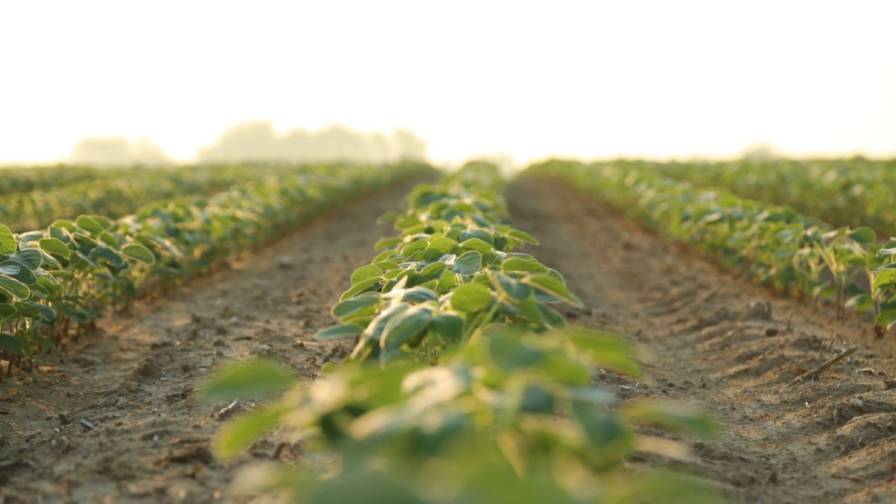Ag Retail: 3 Tech Trends To Watch In 2014
We are only three months into the 2014 season, and agriculture has already experienced a number of interesting developments in ag technology and precision. While there are many tremendous opportunities for retailers who can stay on the leading edge of technology developments, keeping up with the rapid changes — and what they mean for our businesses — is a constant struggle.
In this article, we summarize some of the key events and trends in technology, and what to watch for as the year unfolds. It promises to be an interesting ride.
1. Monsanto Scorecard. Four years ago at the Farm Progress Show, the Integrated Farming Systems display at the Monsanto booth was a tiny table in a dark corner of the company’s massive display. But anyone willing to chat with the folks behind the table quickly discovered that Monsanto’s foray into precision agriculture was going to be serious business.
Today, the prescription farming business is entirely spun off into its own entity with the acquisition of Climate Corp., and more recently, the soil analysis component of Solum Inc.
At the recent Commodity Classic meeting, we stood near the Climate Corp. booth and watched growers take its Climate Basic Web-based weather data tool for a spin and become completely enthralled. Through some Silicon Valley created magic, growers can get detailed current and historic weather data on their fields. All the information you always wished you had in one place.
Also in 2014, the FieldScripts program is rolling out in full force in the four pilot program states from last year: Illinois, Indiana, Iowa and Minnesota. From lessons it learned about the effectiveness of FieldScripts last year, only growers with at least three years of valid yield data will be considered for the program. And growers will be charged $10 per acre to sign up for the program.
All this presents challenges and opportunities for retailers, who Monsanto continues to stress are critical to its business vision moving forward. But the Solum acquisition is arguably the most intriguing move this year, and could have the most significant impact on crop production in the future.
Like Climate Corp., Solum was born from the combination of Silicon Valley technology married with agriculture industry opportunity. Not long ago it seemed as if Solum was prepared to make a big splash in the soil analysis world with its No-Wait Nitrate testing regimen that would enable a user to test a field for nitrogen, receive results the same day, and be able to variable-rate apply N in season for maximum effectiveness.
Last year, the powers that be at Solum saw more gold in the “big data” aspect of ag than in the soil, and the testing portion languished — so its sale was not a surprise.
But the fit for Monsanto is clear, and the implications in the medium and longer term could be significant. Solum’s work on soil nutrient testing regimens had gone far beyond simple single-nutrient testing. The company was digging deeper into nutrient reactions in soil, trying to unlock the secrets of nutrient and soil type interactions, where so much is still unknown.
That said, in conversations with Monsanto folks, even they are not clear on what the Solum acquisition will bring to Climate Corp. But it’s another indication of how serious the company is about deepening its agronomic recommendation efforts.
2. UAS Mania. Interest around unmanned aerial systems (UAS) has reached fever pitch this winter. We’ve gotten more calls and emails from retailers and consultants asking for any information they can get on companies, costs and capabilities.
The bottom line is, the Federal Aviation Administration has clearly stated that they are not legal for commercial use until it sets down rules for UAS use sometime in late summer of 2015. And while we have been told “off the record” by “inside sources” that the agency is almost certainly not going to try to monitor and enforce against individual farmers, anyone who invests the dollars in a UAS must keep in mind that they could be grounded at any time.
The bigger concern for agriculture is the angered citizen who experiences the off target flight pattern, and decides to seek legal counsel or even regulatory protection. Such occurrences could result in onerous state-level regulations that curtail our future opportunities with UAS. It only takes one angry person.
3. Big Data. An important side effect of the aforementioned FieldScripts program, and the myriad precision decision and logistics tools that have entered the market in recent years is the control of “big data.”
With the proliferation of manufacturer offerings utilizing the cloud for the transfer of data, combined with the new and growing number of alliances among manufacturers and service providers, growers are feeling like they are losing some measure of control of their data. Or, that they are giving away something of value.
This year so far we’ve seen a number of manufacturers adjust data policies to ease concerns, and conversations with farmers are ongoing.
Importance Of Retail
Despite the proliferation of automation technology coming to agriculture, from cloud-based systems and wireless data interchange to field-level online weather, manufacturers and retailers we talk to continue to assert that “boots on the ground” will continue to be a critical aspect of making even automated systems work to their full potential.






